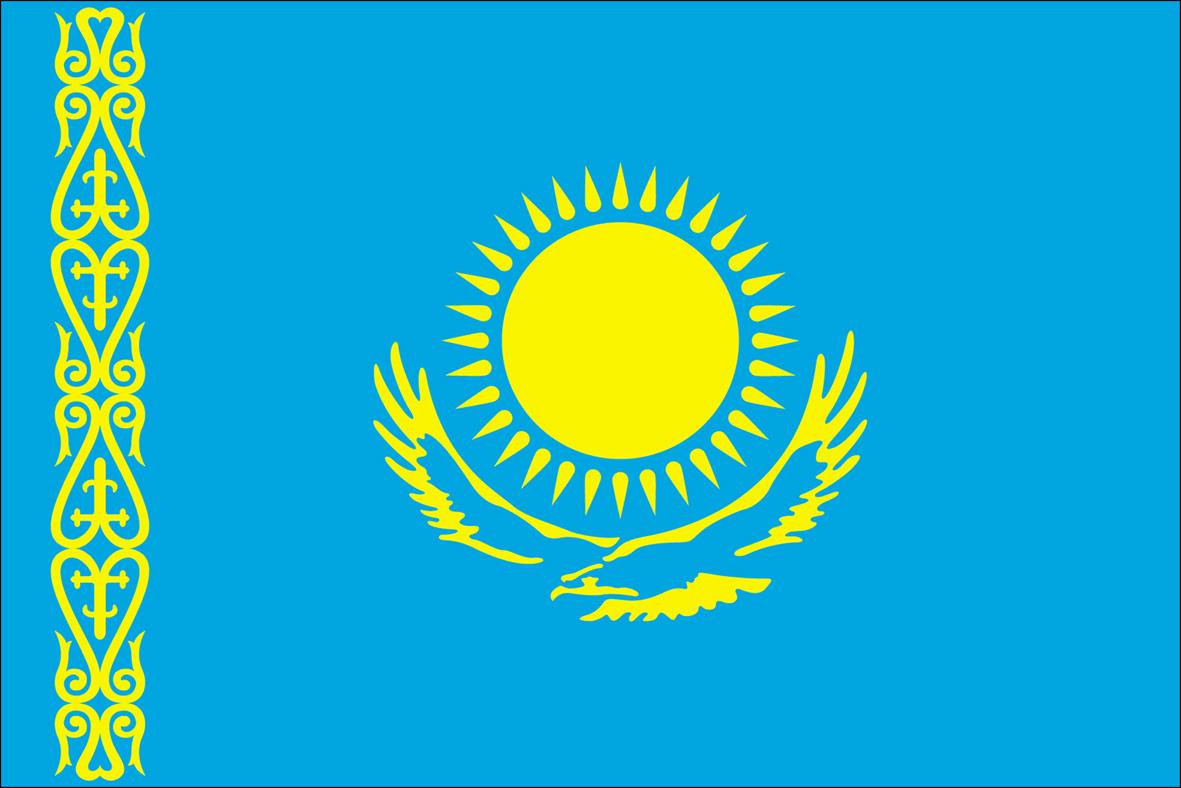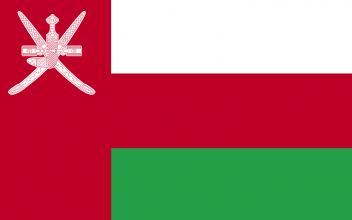Dwarka
The ancient Indian city of Dwarka is known in Hindu culture to have been the great and beautiful city of Krishna. The Hindu writings say that when Krishna left the Earth to join the spiritual world, the age of Kali began and Dwarka and its inhabitants were submerged by the sea. The tales of the submersion can also evoke a tsunami like the one that struck India in 2004.
The modern Dwarka is today one of the seven sacred towns of Hinduism, visited each year by pilgrims worshiping Krishna. The search for its submerged part began in the 1930s, and the first archaeological excavation took place in 1963. Numerous ancient artefacts were found, as well as the submerged remains of the ancient Dwarka during the next excavation led by an underwater archaeologist.
Between 1983 and 1990 the archaeologists discovered a fortified foundation on which the ancient city walls must have been built along the river banks. Stone blocks used for the construction, pillars and irrigation systems were found but a debate is still ongoing regarding the dating of the vestiges, either from 3 000 to 1 500 years BC or from the Middle Ages.
Numerous stone anchors have also been recovered on the site at the same depth, which suggests, along with the size of the submerged part of the ancient city, that Dwarka must have had a place in the trading relations between Indian and Arabic areas during the 15th to 18th centuries and must have been an important trade port in the past. The world ‘dwarka’ means ‘door’ or ‘gate’ in Sanskrit, so this ancient port city could have been a gate for foreign sailors who arrived in India.





